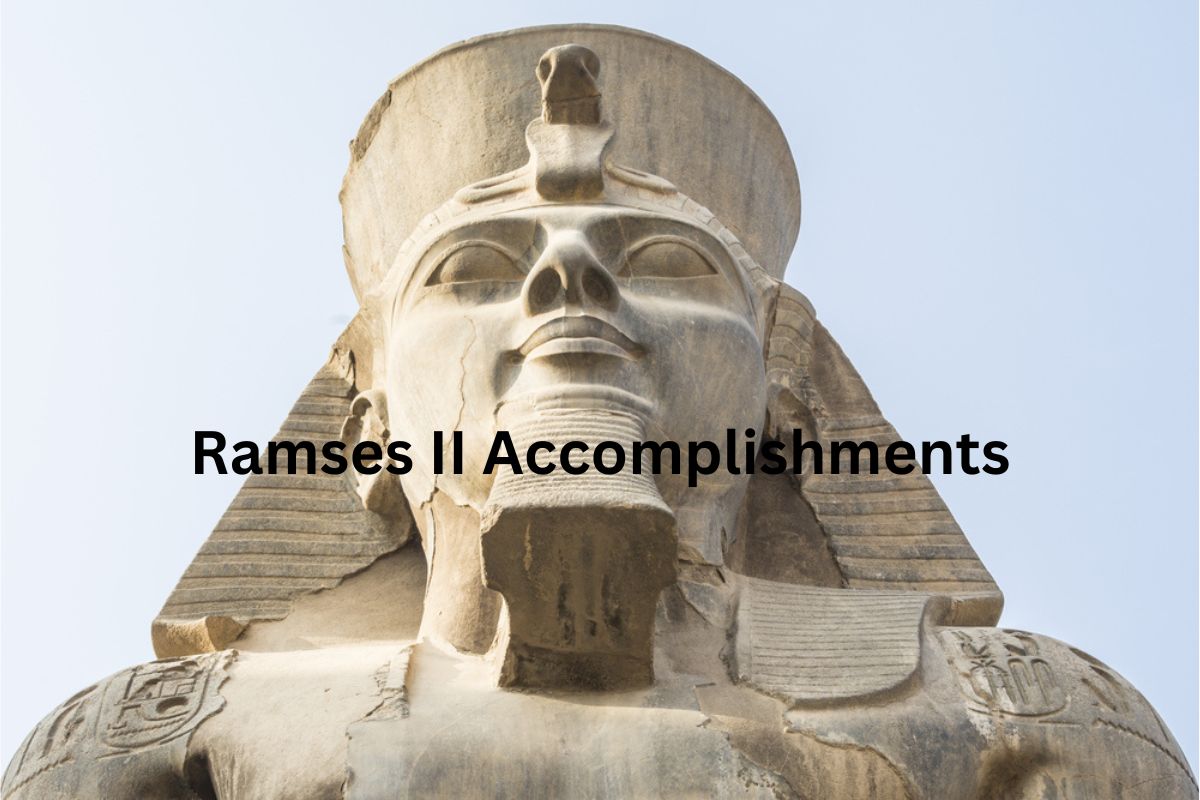Ramses II, an esteemed pharaoh of ancient Egypt, accomplished remarkable feats during his reign. His architectural projects, including the temples of Abu Simbel and the Ramesseum, showcased his grandeur.
Ramses II, also known as Ramses the Great, was an influential pharaoh who ruled ancient Egypt for an astonishing 66 years. He ascended to the throne in 1279 BCE as the third pharaoh of the Nineteenth Dynasty. Throughout his reign, Ramses II left an indelible mark on Egyptian history.
Ramses II’s military victories and diplomatic skills, exemplified by the Battle of Kadesh and the subsequent Treaty of Kadesh, ensured Egypt’s security and expanded its influence.
He also fostered a cultural renaissance, supporting the arts, literature, and temple restorations. Ramses II’s 66-year reign provided stability, while his family and dynastic legacy secured the succession of his dynasty.
Accomplishments of Ramses II
1. Construction of monumental structures
Ramses II embarked on an impressive building program, leaving a lasting legacy of monumental structures. He commissioned the construction of numerous temples and monuments throughout ancient Egypt.
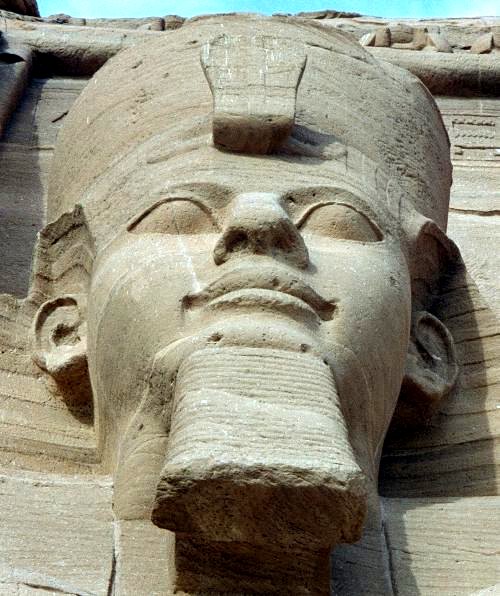
Among his most famous projects are the temples of Abu Simbel, located on the banks of the Nile River. These temples feature colossal statues of Ramses II carved into the rock face, showcasing his grandeur and power.
2. Battle of Kadesh
One of Ramses II’s notable military achievements was the Battle of Kadesh. It took place in 1274 BCE between the Egyptian forces led by Ramses II and the Hittites, a formidable empire based in Anatolia (modern-day Turkey).
Also Read: Timeline of Ramses II
The battle, fought near the city of Kadesh (in present-day Syria), was one of the largest chariot battles in history. While the outcome of the battle itself was inconclusive, Ramses II skillfully managed to avoid defeat and ultimately negotiated a peace treaty with the Hittites.
3. Diplomatic treaties, including the Treaty of Kadesh
Ramses II was actively involved in diplomatic affairs and engaged in several significant treaties. The most famous of these is the Treaty of Kadesh, signed between Ramses II and the Hittite king, Hattusili III.
The treaty marked the end of hostilities between the two powers and established a period of peace and cooperation.
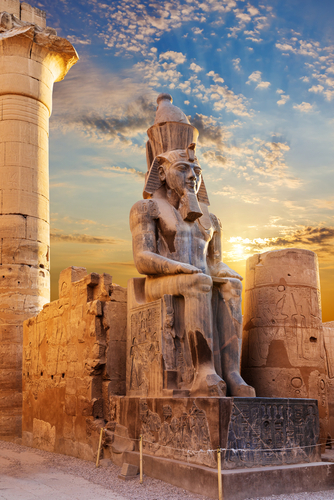
It is considered the first recorded peace treaty in history and set the precedent for future diplomatic relations between nations. The Treaty of Kadesh ensured stability and secured Egypt’s northern borders, allowing Ramses II to focus on other aspects of his reign.
4. Expansion of the Egyptian Empire
Ramses II was an ambitious ruler who sought to expand the borders of the Egyptian Empire. He conducted military campaigns in various regions, including Nubia (present-day Sudan), Libya, and Canaan (modern-day Israel, Palestine, and parts of Jordan and Lebanon).
These campaigns aimed to assert Egyptian control, quell rebellions, and secure valuable resources and trade routes. Ramses II’s military successes expanded Egypt’s influence and ensured its dominance in the region.
5. Restoration and construction of temples
Ramses II had a deep reverence for religion and dedicated significant resources to the restoration and construction of temples throughout Egypt.
He sought to honor the gods and leave a lasting religious legacy. Ramses II initiated the restoration of many ancient temples that had fallen into disrepair, breathing new life into these sacred sites.
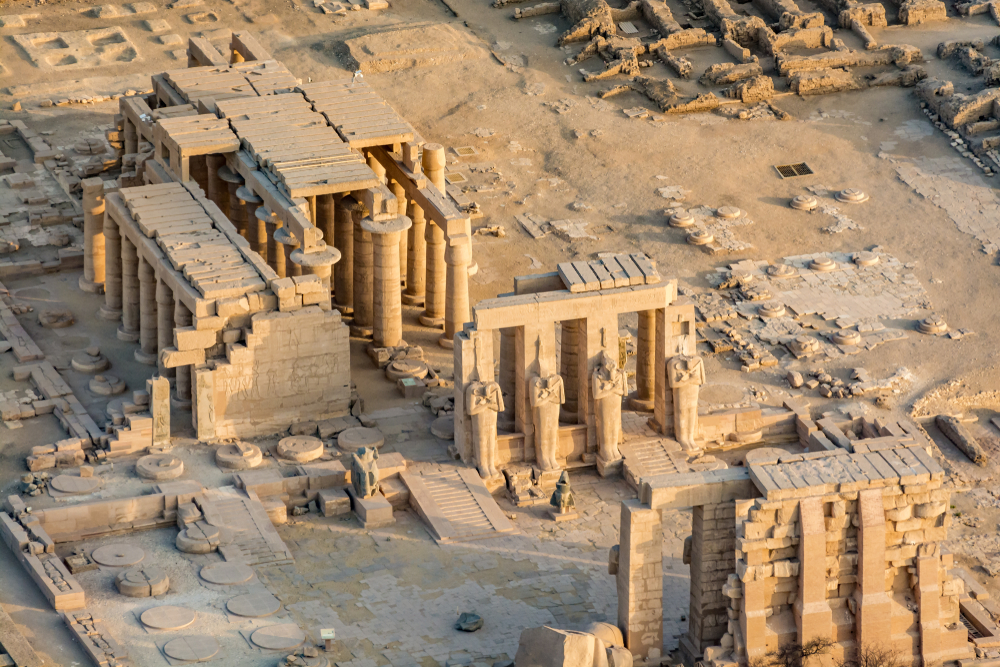
Additionally, he commissioned the construction of new temples, such as the Ramesseum in Thebes (modern-day Luxor), which was dedicated to the god Amun.
These temple projects aimed to showcase Ramses II’s devotion to the gods and his commitment to religious revitalization.
6. Longest reign in Egyptian history
Ramses II’s reign stands as the longest in ancient Egyptian history, lasting for approximately 66 years (1279-1213 BCE). This extended period of rule allowed him to carry out numerous ambitious projects, solidify his authority, and leave an indelible mark on Egypt’s history.
Ramses II’s long reign provided stability and continuity to the empire, enabling him to pursue grand endeavors and establish a powerful and enduring legacy.
7. Commissioning of statues and sculptures
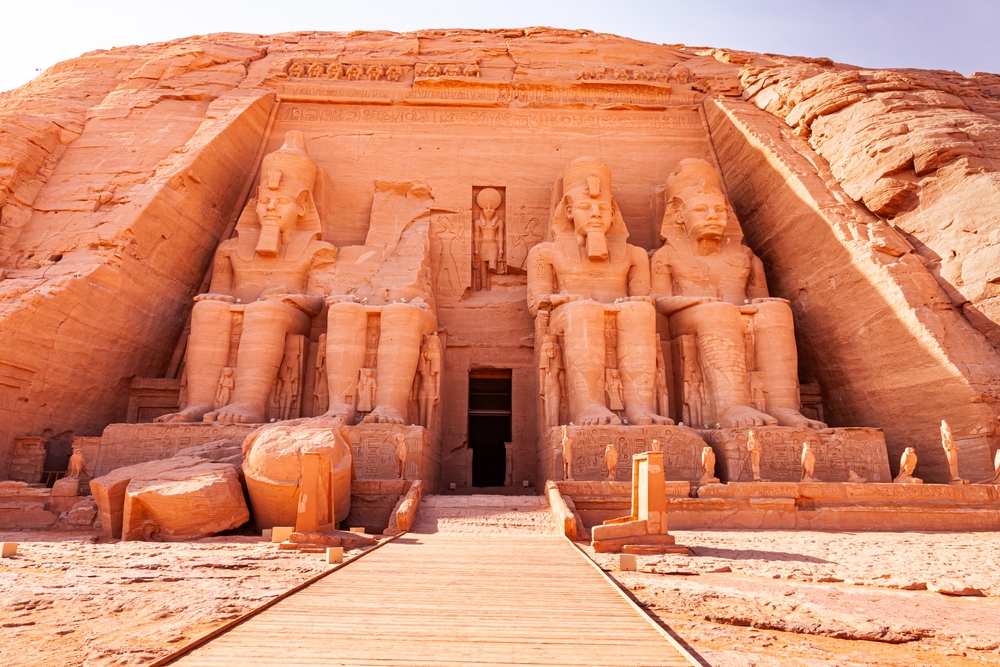
Ramses II was known for his self-promotion and the commissioning of numerous statues and sculptures depicting himself. These statues were erected throughout Egypt, prominently displaying his image and asserting his power and divine connection.
The most famous example is the colossal statue of Ramses II at the entrance of his temple in Memphis, which stands at around 33 feet (10 meters) tall. These statues served as symbols of his authority and were intended to inspire awe and reverence among the people.
8. Patronage of the arts
Ramses II was a great patron of the arts and actively supported the development of literature, poetry, and other forms of artistic expression. He fostered a cultural renaissance during his reign, promoting the growth of intellectual and creative pursuits.
Ramses II’s patronage contributed to the flourishing of Egyptian art and literature, and his reign is considered a period of artistic revival in ancient Egypt.
9. Military campaigns against the Sea Peoples
Ramses II led successful military campaigns against the Sea Peoples, a confederation of seafaring raiders who threatened the stability of the Mediterranean region during the Late Bronze Age.
Ramses II effectively repelled their attacks, protecting Egypt’s coastal territories and ensuring the security of its maritime trade routes. His military victories against the Sea Peoples contributed to the strength and prosperity of the Egyptian empire during his reign.
10. Family and descendants
Ramses II had a significant impact on Egyptian history through his extensive family and descendants. He had numerous wives and many children, with his principal wife being Nefertari.
Ramses II took measures to ensure the continuity of his dynasty and secure the succession of his offspring. Many of his sons held prominent positions in his administration, and some of his descendants went on to rule as pharaohs in their own right, carrying on the legacy of Ramses II and shaping the future of ancient Egypt.
